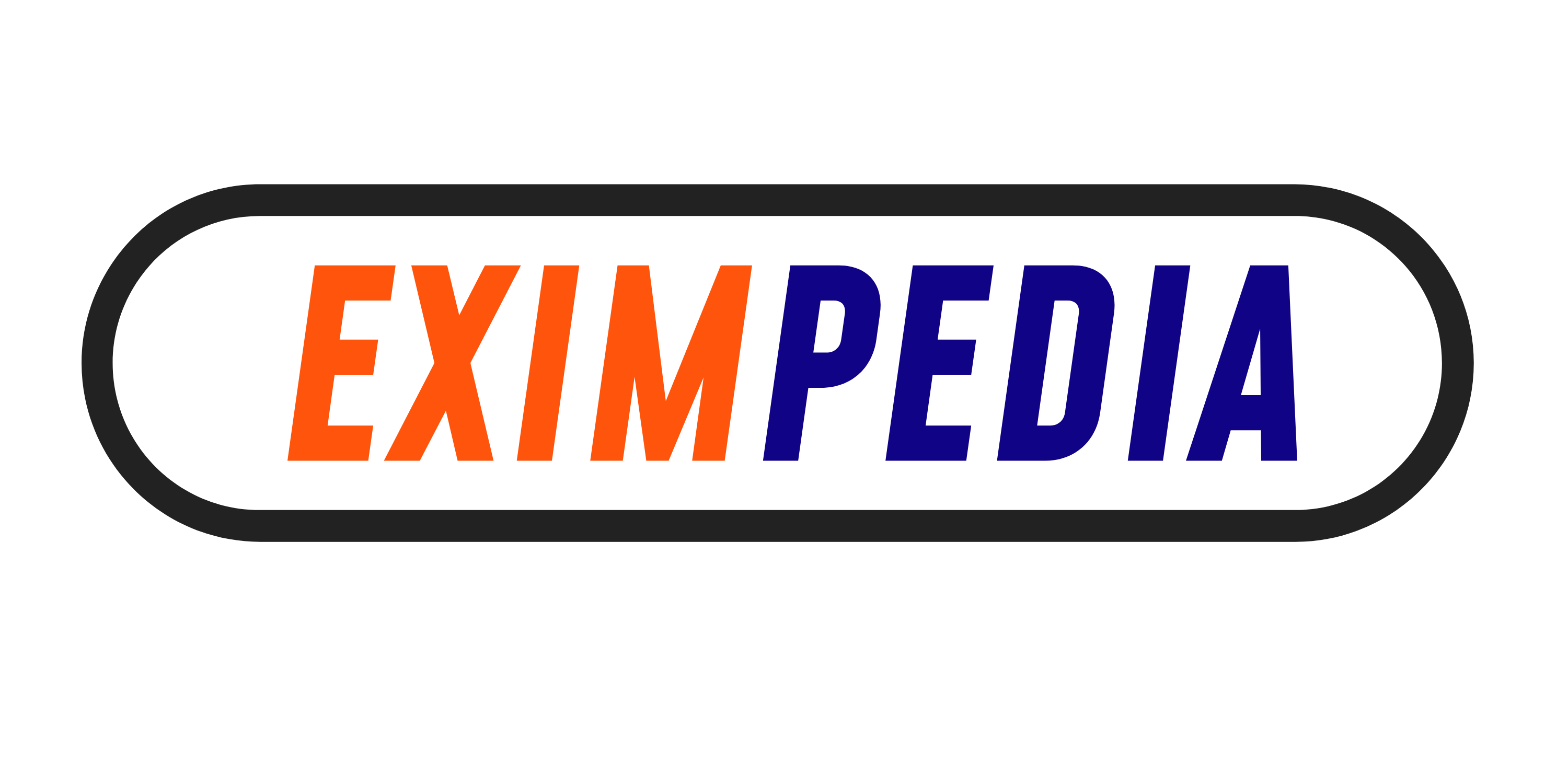Table of Contents
Transportation Chain in Logistics
Transportation is the most essential component of the logistics and supply chain. The transportation chain includes the supply chain of goods from the time and place of manufacturing till the goods are delivered. Transportation and components of the transportation chain play a major role in the entire SCM (supply chain management) cost and time reduction. Transportation must be managed efficiently to deliver the goods at the perfect time with minimum possible cost.
- To understand the Incoterms 2020 rules in detail, we must first know the Transportation Chain or Transportation process of goods in import and export. It is also known as Logistical Chain.
- Transportation chain refers to when movement of goods takes place from one location to another that is right from the time the goods are picked up from warehouse in the exporting country till the goods are delivered to customer at their doorstep in the importing country.
- Let’s take an example of Import Export Process in Brief to go deeper into the concept – You want to import in India from an exporter sitting in USA. Indian port is JNPT and USA port is New York Port. Keeping this in mind we will understand Transportation chain which is basically a part of SCM (supply chain management) and further Incoterms 2020.
Complete logistics transportation chain –

The above YouTube Video by Eximpedia is about – Export Import Transportation Chain in logistics Step by Step Procedure for Export Transportation | Import Export – Transportation Process
Exporter –
The exporter is also known as shipper or seller or consigner. Example: Let’s say this exporter is in the USA.
Export Packaging –
Exporter packs the Goods ordered by the buyer and keeps them in his factory or at his depot or warehouse in the USA.
Loading Charges –
This is the part where goods are loaded into the vehicle that is truck or container that is to be transported to the port in the exporter’s country example: From exporter’s warehouse in USA to New York port which is in the USA. Here loading cost is involved.
Delivery to Port/Place –
Here the transportation is taking place and goods are being transported from the exporter’s warehouse to port or to a place near the port. Transportation cost is involved here from warehouse to port.
Export Duty, Taxes, and customs clearance –
Here export duty and taxes are being paid and customs process like examination of goods, documentation, sampling, etc. is done by customs officials which again involves a cost that is duty, taxes and Customs agent charges.
Origin Terminal Charges –
Here the goods are at customs port and ready to be loaded on the ship/aircraft/train. The costs involved are unloading the goods from the vehicle at the port. These charges are used for labor at the terminal/port for unloading the goods or for cranes used for unloading the goods in case of heavy goods.
Loading On Carriage –
The goods are now loaded on the Carriage that is ship/aircraft/train/truck halted at the customs port. The cost involved here is for loading of goods that is given to labor, or the cranes used for the loading purpose. This loading and unloading of goods at the port are called ‘terminal handling charges.
Carriage Charges –
The carriage that we are using is ship/train/aircraft/truck charge for using their space on Carriage. Here the Freight Charges come into the picture which is the cost of booking specific space on the carriage or the cost of the carriage itself. This is also the last stage in the USA in terms of processing of goods for export.
Insurance –
In most cases insurance is a mutual agreement between exporter and importer or buyer and seller except for the Incoterms which specifically mention the term ‘insurance’ example: CIF & CIP. In cases where CIF & CIP is mentioned insurance must be taken by seller or exporter only.
Destination Terminal Charges –
This is the beginning of the import process. The carriage ship/aircraft/truck arrives at the customs port in India with goods and is unloaded at the terminal and the cost of unloading the goods must be given at this place.
Import Duty, Taxes, and Customs Clearance –
In India, the customs clearance process will take place and import duty & other taxes must be paid to clear the goods or rather take the delivery of goods. For customs clearance, a customs clearance agent or custom house agent (CHA) is appointed by the importer or exporter as per Incoterms or their contract. This agent will help in the clearance process and deliver the goods outside customs to you or at your place of delivery as per instructions.
Delivery to Destination –
Here the goods are loaded on the vehicle or truck or sent by courier to the destination specified by the importer. The transportation cost from the JNPT port to the importer’s factory must be given to the customs clearing agent or custom house agent (CHA) or the transporter.
Unloading at Destination –
The goods finally reach the importer’s factory or warehouse or wherever specified and are unloaded here. The cost of unloading must be given here which is mostly labor or crane charges in case of heavy goods. The process of import is completed here.
Now, Keeping the above transportation chain in mind let’s understand all 11 Incoterms 2020.








This article is so good in terms of general knowledge. The entire process of import export is explained so well with examples. I do not have any queries on the process at least. It’s a must read!